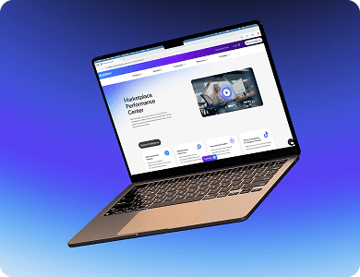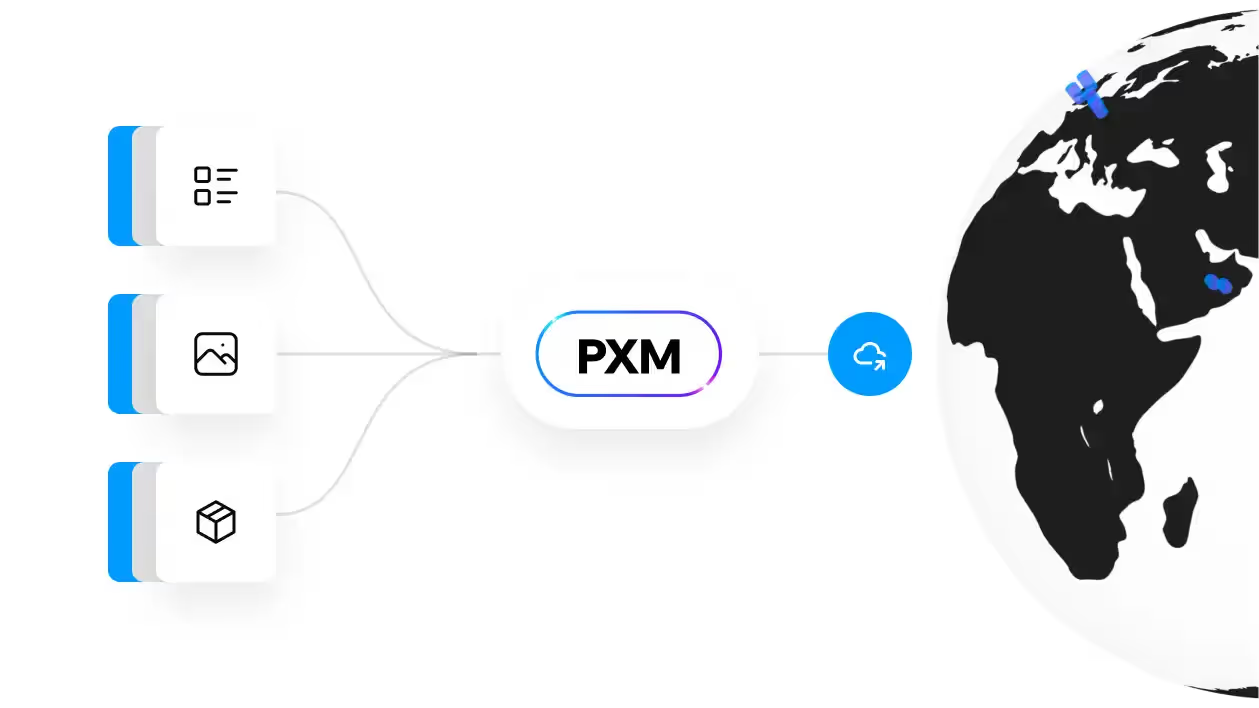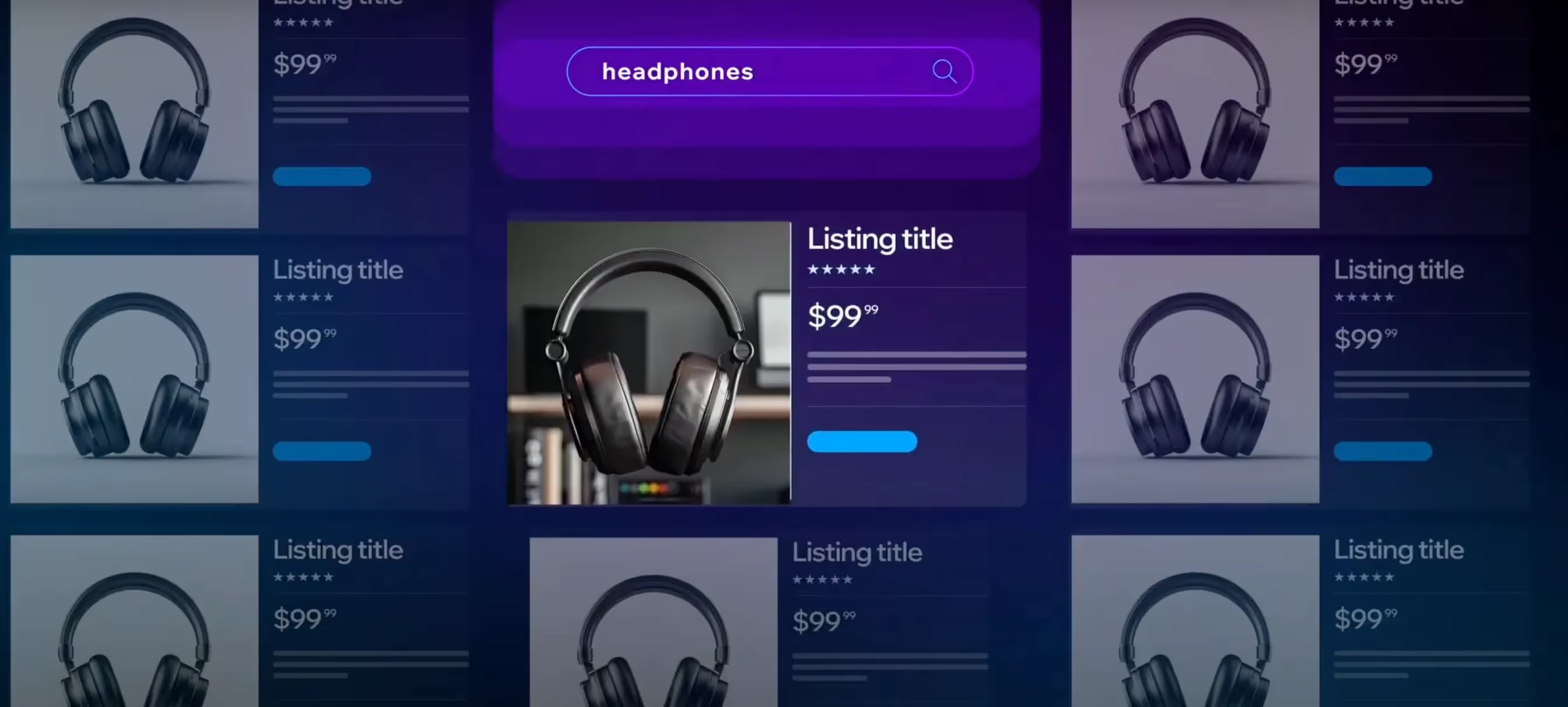DAM Marketing - A Comprehensive Guide
Digital asset management (DAM) is the process of centrally storing, organizing, managing, and distributing digital assets like videos, images, and design files. By making it easy to search for, find, and retrieve assets, DAM platforms empower modern marketers to execute omni-channel strategies with consistent brand experiences much faster and with greater accuracy.
What Is Digital Asset Management?
Digital Asset Management (DAM) is a centralized approach to storing, organizing, retrieving, and distributing a company’s multimedia assets.
DAM systems can handle all types of digital content, including:
- Images (photographs, graphics, illustrations, logos, infographics)
- Videos (promotional videos, product demos, training content, social media clips)
- Audio Files (podcasts, music tracks, voiceovers, sound effects)
- Documents (PDFs, Word files, spreadsheets, presentations)
- Design Files (Adobe Photoshop, Illustrator, InDesign, CAD files)
- Brand Assets (logos, style guides, brand templates)
- 3D Models and Animations (rendered graphics, virtual reality assets)
- Metadata and Tags (associated data that improves searchability)
- Marketing Collateral (brochures, flyers, product catalogs)
- Social Media Content (banners, posts, advertisements)
DAM is a centralized source of truth for all digital assets across the business, making it easy for authorized users to access up-to-date data for internal and external use. Using a DAM platform, teams can collaborate more seamlessly and present a unified brand experience across various marketing and sales channels.
Why DAM Is Essential for Modern Marketers
Most modern marketing teams exist on at least one social media and/or marketplace platforms. In the age where customers have so many options for where to buy and spend their time online, it’s become a necessity for businesses today to have profiles and shops set up where their customers can find them more easily.
More than just showing up on those platforms, retailers and businesses have to ensure that their assets have brand-consistent fonts, visuals, and messaging across the board. This requires cross-functional and even cross-geographic collaboration, which can be difficult without access to accurate data and digital asset inventory. DAM platforms give everyone who needs it access to the correct, compliant, and current version of a digital file, making collaboration seamless while cutting down on asset duplication and wasted resources.
Consistent branding and version control is essential, not only to the bottom line, but to your reputation with your customers. Research shows that 90% of potential customers expect a consistent experience with your brand across platforms. DAM systems can help reduce inconsistencies in marketing collateral by providing access to the right assets — as well as pre-approved templates and style guides to maintain asset creation standards.
Key Components of DAM Marketing
The key components of DAM marketing are:
- Digital asset organization and management: DAM systems use meta data (tagging, descriptions, usage rights, etc) to systematically categorize, store, and retrieve digital files, helping users quickly find what they’re looking for and track different versions.
- Asset distribution and accessibility: With built-in user access controls, shareable links, and other tech integrations, DAM platforms make it easier to organize and share assets across multiple channels while staying secure.
- Analytics and reporting: DAM systems have analytics and reporting capabilities that track how assets are used, by whom, and how effective they are in their campaigns. With metrics from DAM software, teams can understand usage patterns, unblock bottlenecks in the creative process, and provide measurable ROI.
Whether across the globe or across the office, keep your cross-regional marketing team in lock-step with Pattern’s ecommerce acceleration platform.
Addressing Consumer Expectations and Multiple Channels
The rise of digital channels has made consistent branding (which is essential to gaining and keeping consumer trust) challenging. When social channels, mobile apps, and marketplace platforms are managed by multiple teams across different time zones — with various versions scattered across devices — it’s hard to ensure that everyone is using the same visuals and messaging.
A DAM system is a hub for brand, marketing, design, sales, and other digital assets across a company’s digital ecosystem, giving every team access to the same version of a digital file. And when all your content comes from the same streamlined data source, you can feel confident knowing that the content you publish is up to date and compliant with usage rules, no matter which platform you use.
This helps businesses meet consumers’ growing expectations for personalized and on-demand content. Studies have shown that consumers increasingly expect brands to know them well enough to present personalized content, and that many will leave if they don’t get it. DAM systems streamline personalization and enable a smooth user experience.
Best Practices in DAM Marketing
- Regular audits and updates: Auditing your assets allows you to regularly update files to their most recent version and remove outdated ones from circulation. This prevents data duplication and reduces the risk of using out-of-date files, improving overall system performance.
- Proper metadata usage: The key to DAM’s easy searchability and accuracy is standardizing metadata. In addition to keywords, tags, and descriptions, you can use other categories like product lines, geographic markets, and campaign themes to organize digital assets, making it quicker and easier to search for and retrieve the right files.
- Ensuring compliance and security: A DAM system helps safeguard your brand integrity from both a regulatory and marketing standpoint. DAM security protocols protect you from expensive data breaches, while access controls and user workflows prevent unauthorized changes to brand imagery or messaging.
- Integration with other marketing tools: Integrating your DAM system with tools like your customer relationship management (CRM) software or content management system (CMS) creates an information loop in which customer data and asset usage analytics feed into each other to fuel data-driven marketing strategies. This streamlines internal workflows and powers consistent user experiences.
Common Challenges in DAM Marketing
DAM marketing has tons of advantages for modern businesses, but adapting to new tools, systems, and processes can be difficult, especially early on.
Here are some common challenges you might face with DAM marketing (and some practical tips for overcoming them):
Adoption barriers
Despite the full range of benefits for tools like DAM software, getting teams to use it isn’t as simple as providing a login. Sometimes, even when the old way is more cumbersome and full of friction, employees lean on what’s familiar rather than embrace the growing pains of the new.
To remedy this: Lower the barriers of adoption by greasing the wheels of change. That is, make it easier for your team to adopt the new software. Provide team training, offer incentives for adoption, and communicate expectations early and often.
Poor metadata
It’s not enough just to store your data in a DAM system. In fact, just putting digital files into the vast system with non-standarized metadata makes it harder for you to find what you’re looking for and increases the chances of file duplication.
To address this: Organize your metadata before you migrate your digital files to ensure easy discoverability. Then, establish and maintain data governance practices to keep data clean and accurate. This helps marketers retrieve assets more quickly and shortens campaign lead time.
Outdated assets
As the pace of marketing grows faster, digital assets can become outdated within the span of a week. This snowballs into a problem when team members continue to store new versions of assets on their personal devices, creating unnecessary siloes and duplicate data.
To preempt this: Conduct regular audits of existing digital files to maintain an up-to-date inventory of assets. Also, configure user permissions to ensure that all relevant stakeholders have the correct access to add and update assets.
Implementing a DAM Marketing Strategy
Steps for a successful implementation include:
- Assessing organizational needs: Start by figuring out what your goals are and what you need to achieve them. Align with other stakeholders to determine scope, timing, and success metrics so that everyone is on the same page.
- Choosing the right DAM platform: Keep your company’s needs at the forefront when evaluating DAM solutions. Consider what features are non-negotiable and which are nice to have, and consider how much support the solution vendor provides.
- Training teams and establishing workflows: Increase software adoption with user training. This helps your teams get used to the platform and build muscle memory for the new process, working out the kinks for more frictionless workflows.
- Measuring effectiveness and adjusting strategy: Implementation isn’t one and done — it’s an ongoing process that is continuously updated based on performance data and user feedback. This continuous iteration and optimization keeps your system running smoothly and efficiently.
Measuring ROI from DAM Marketing
A DAM system is a significant investment for most businesses. To prove that it’s worth the money, stakeholders have to justify the cost by pointing to tangible and intangible benefits, including revenue growth, productivity gains, and cost savings.
Use performance metrics and KPIs to measure ROI from DAM marketing. Some key metrics to track include:
- Time saved on asset retrieval
- Decrease in duplicate content creation
- Reduction in time-to-market for campaigns
- Lower cloud storage costs
- Fewer legal and compliance penalties
Take it a step further by tying DAM success to broader marketing goals — for example, track the increase in marketing conversion rate after you use DAM to personalize product images.
The Future of DAM Marketing
DAM marketing is a system for organizing marketing assets that allows modern marketing teams to improve collaboration, compliance, and customer experience. Emerging technologies like AI-driven automation and predictive analytics will take DAM to the next level, automating metadata and enhancing search performance even more.
DAM platforms will continue to be essential to maintaining brand consistency, especially for modern marketers who have to manage multiple platforms, apps, and marketplaces with other departments and/or global teams.
If you’re considering whether it’s time for a DAM system, assess your current asset management needs — e.g. how long it takes to retrieve content, how you track versions, etc. — to determine if now is the time to invest.
Pattern’s Digital Asset Management Solution
All your digital assets in one secure location. Pattern’s DAM gives you control over your marketing and delights the shit out of your customers.

Frequently Asked Questions
Why do marketers need a digital asset management platform?
Marketers have a lot to juggle at the same time, and a DAM platform helps them streamline their workflows and publish up-to-date content faster with less risk for errors. And as they navigate multiple platforms across various team members, DAM systems keep them on track.
Can a DAM integrate with my existing marketing tech stack?
Yes, a DAM system can integrate with your existing marketing tech stack, including CRMs, PIMs, and marketing automation software.
What factors should I consider before choosing a DAM provider?
Before choosing a DAM provider, consider your goals and what features you’ll need to accomplish them. Also, think about whether the tool can facilitate your workflows and how much support the provider offers post-implementation.


.jpg)









